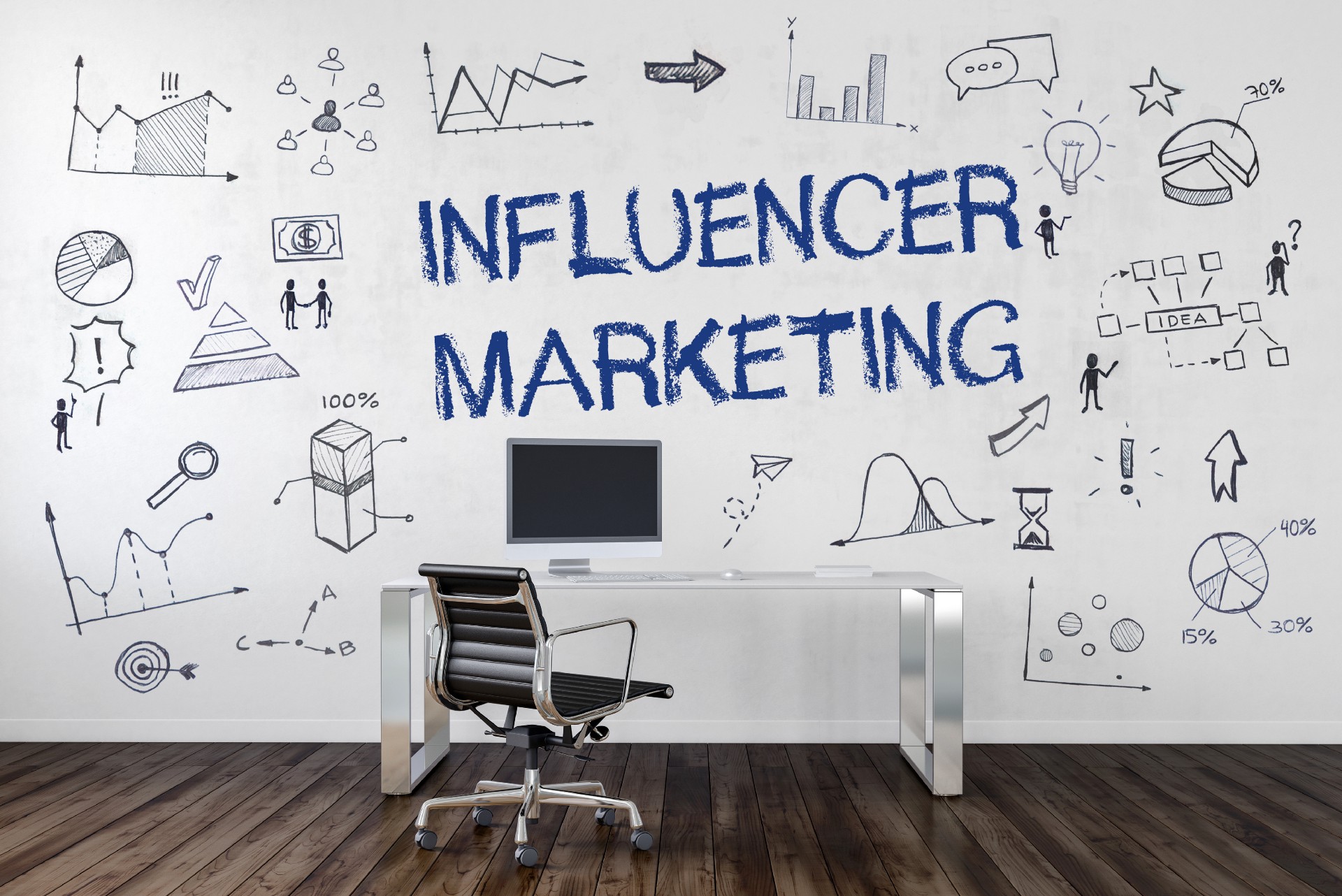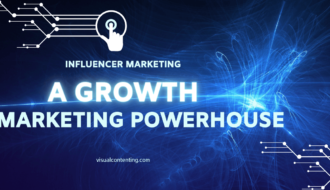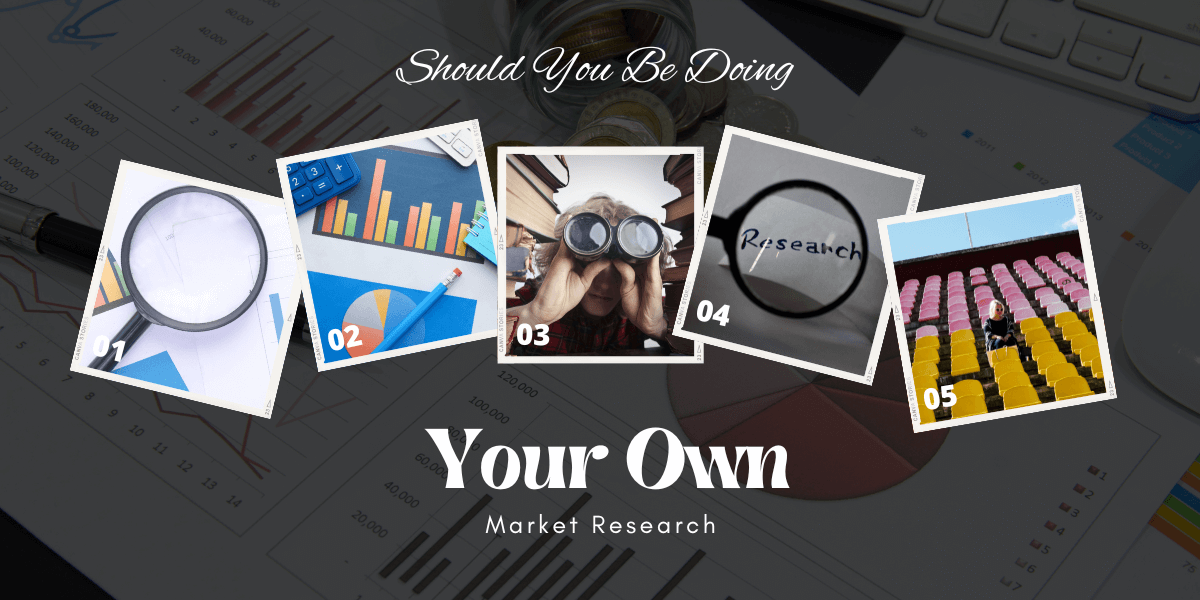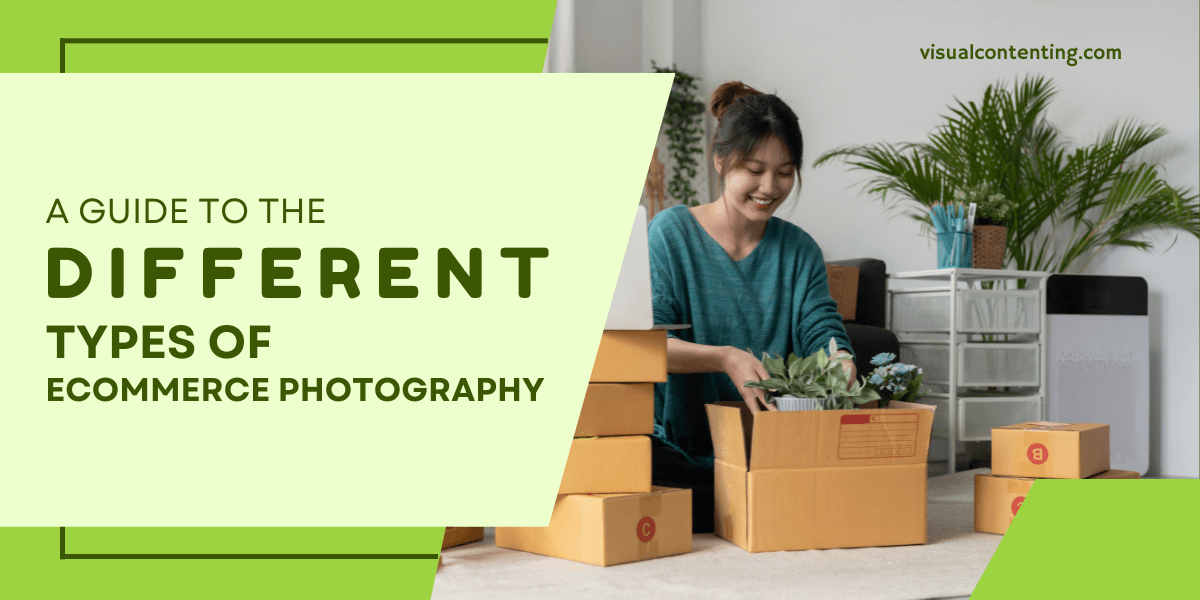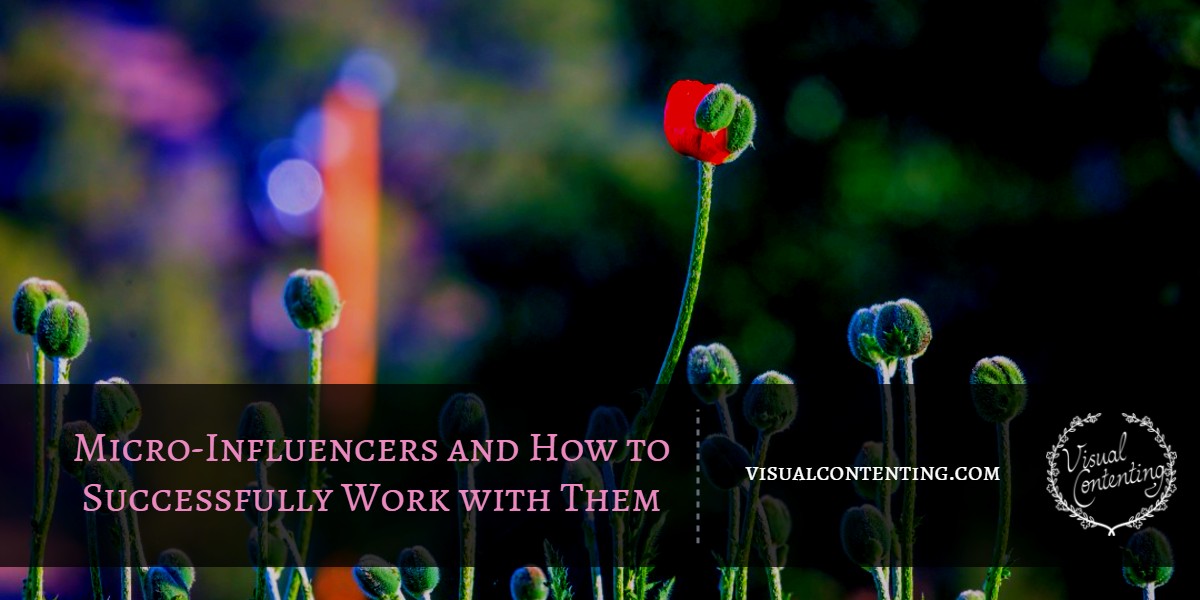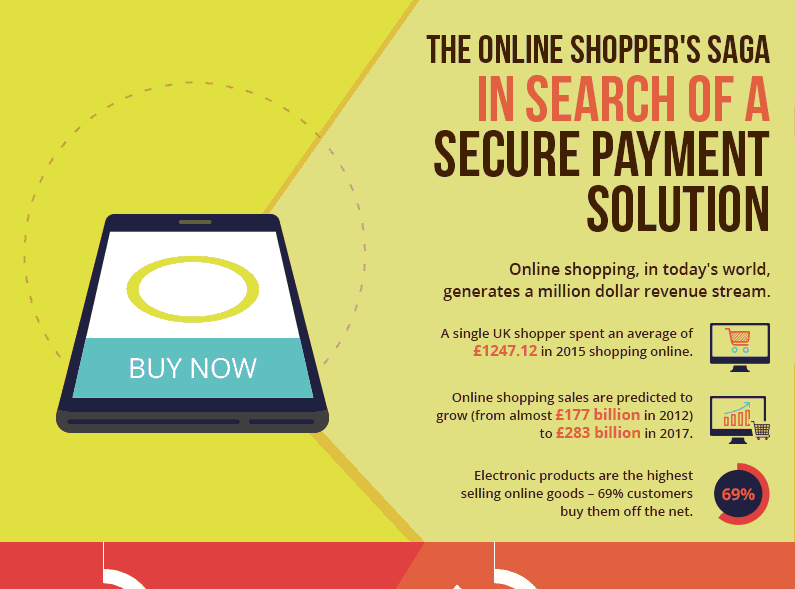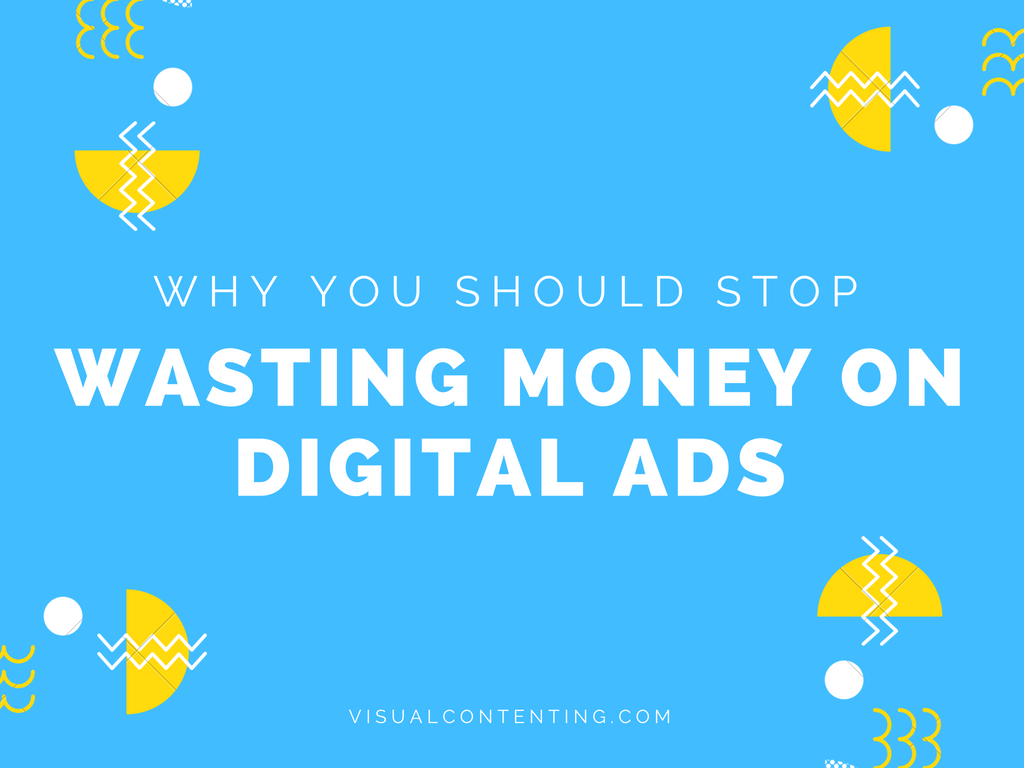Brands have realized that talking at people and simply broadcasting their brand messages doesn’t really work anymore. According to a report by Statista, global online sales are expected to reach $4.48 trillion by 2021. Ecommerce brands have been scouting to find new ways to connect with consumers. Influencer marketing fits the bill.
Consumers listen to the influencers they choose to follow on social media. Influencers are the opinion makers and affect the purchase decisions of their followers. With the help of influencers, ecommerce brands are able to reach the target audiences they want to connect and engage with.
TapInfluence found that influencer marketing provides 11x higher returns on investment when compared to other forms of traditional marketing. It’s not surprising that many ecommerce brands have been using influencer marketing to reach their target audiences.
But how can the ecommerce brands use influencer marketing more effectively? Let’s find out.
1. Find the Right Influencers
The right influencers can do wonders for an ecommerce brand. They can help you increase brand visibility, traffic and conversions. But as most marketers will agree, the biggest challenge lies in finding the right influencers for your brand.
Marketers have to consider many factors like relevancy, number of followers, kind of followers, ages and locations, etc. before collaborating with influencers. They want the followers of influencers to be interested in their products. The influencers and their followers have to be the right fit for the brand.
If influencers promote a brand that is not of much interest or use to their followers, the campaign will fall flat.
2. Collaborate to Create Unique Content
Once you zero in on the influencers you want to work with, you can then share the creative guidelines of your brand with them. The content created must be unique and authentic to keep followers engaged.
It is important to provide creative freedom to the influencers you work with as well. You should try to understand the kind of content the influencers have been creating and trust their creative instincts. Content created by influencers attracts more attention than brands’ own advertisements.
3. Share Influencer-Created Content
Your brand needs a steady flow of new and unique content to publish on your accounts. But you may run out of ideas or time to create it.
The good news is that your fans and loyal customers are probably already creating fresh content featuring products from your brand. And there could be influencers among those fans.
You can select the content created by influencers who are already fans of your products and share it on your social media profiles (with their permission). This way, you can showcase highly authentic user-generated content created by reputable figures in your niche.
These fans and customers generally tag the official accounts of the brands. This makes it easier for you to spot them and share their content on your accounts. You can search for relevant content through a hashtag search as well.
You can also use tools like Google Alerts, Mention, and Buzzbundle to track brand mentions so that you can participate in the conversations. By tracking mentions, you can add relevant input to the conversations when they happen. Parts of the conversations that talk positively about your ecommerce brand can be used and shared as testimonials.
You can also share the content created by influencers for your campaign on your official social media pages. This still works as user-generated content as it is content created by a real person, featuring a product from your brand.
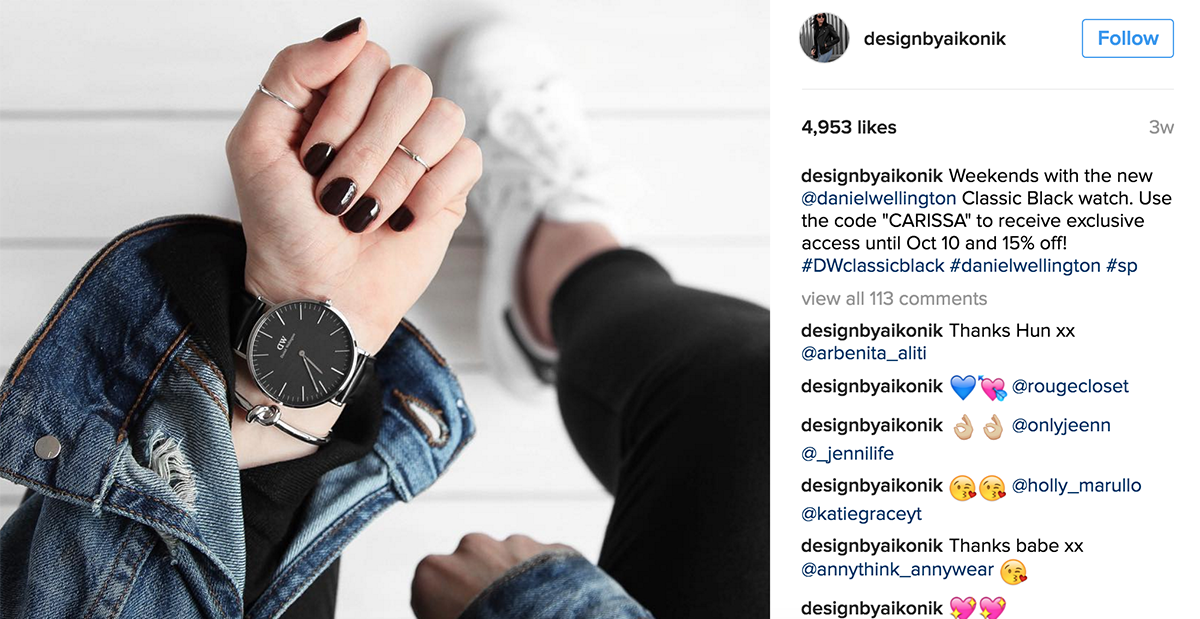
Image via Instagram
The brand Daniel Wellington has been using user-generated content to create a whole empire. Their founder, Filip Tysander, trusted micro-influencers to spread the word about his new brand on social media.
The strategy was simple. Influencers got a free watch, and in return, they had to create content - a photograph featuring the watch. The strategy worked. The brand also often reposts the content created by these influencers on their official Instagram account.
4. Discount Coupons Codes and Giveaways
The influencers create content promoting goods and services. These posts can be made more attractive and enticing for their followers by adding discount coupon codes.
You can provide discount codes to the influencers you work with for them to pass on to their followers. You can track those coupon codes to find out the conversion rates and sales generated by each influencer.
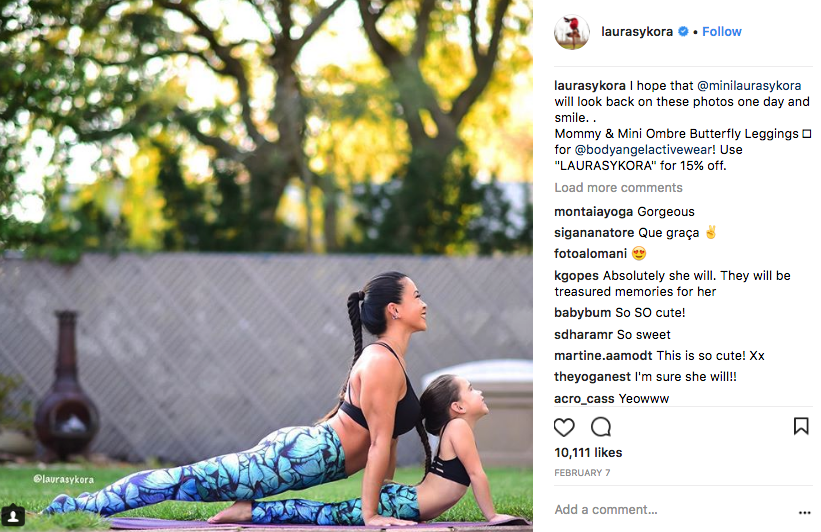
Image Via Instagram
Giveaways are also a very successful strategy. You can schedule weekly or monthly giveaways. Giveaways executed with the help of influencers can help win over the fence-sitters. They give them a chance to experience your products without spending a penny on them. Giveaways generate a lot of excitement, engagement, and brand awareness.
5. Organize Events
One way to create a lot of buzz online and offline is by organizing events. You can partner with influencers to provide real time accounts of the event on social media. If influencers attend the event, it generates a lot of media and PR hype, and the event gets a lot of attention too.
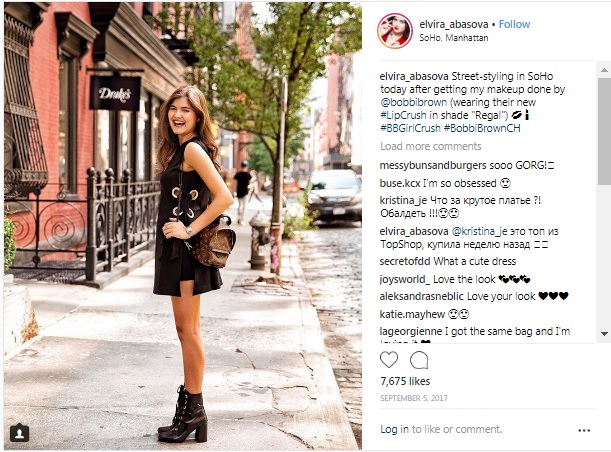
Image Via Instagram
Bobbi Brown, which is known for their natural makeup products, launched a new product line and wanted to promote it. They hosted a 3-day event in New York City and invited beauty and lifestyle influencers. These influencers created content around the event and posted it with the hashtag #LipCrush.
About 25 influencers who had the combined social media reach of around 25 million attended the event. As an extension of the campaign, Bobbi Brown invited all of their customers to share their selfies, some of which the brand shared on their website. The campaign generated a lot of visibility and engagement.
6. Influencers as Brand Ambassadors
When you collaborate with influencers for a longer term they can become brand ambassadors, and the faces of your brand. They can engage with consumers and help them understand your brand better. This works well when they have a multi-channel presence.
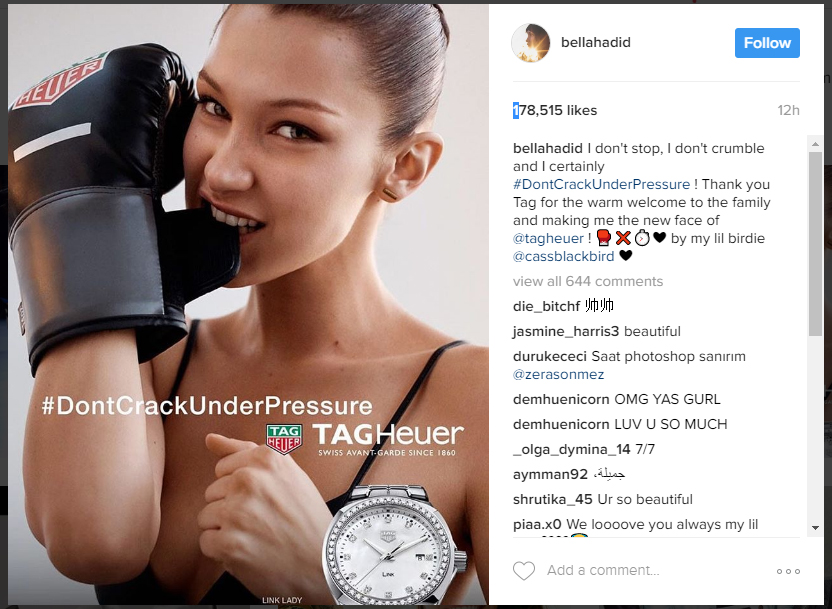
Image via Instagram
TAG Heuer partnered with supermodel and influencer, Bella Hadid, as their brand ambassador. TAG Heuer CEO, Jean-Claude Biver, said the association was an attempt to reconnect TAG Heuer to millennials and younger generations.
Conclusion
Ecommerce brands can leverage influencer marketing strategies to achieve marketing goals. First, you need to find the right influencers and then collaborate with them to create unique and authentic content for your target audience.
You can share influencer-created content and provide discount codes. You can also host giveaways and organize events to leverage the power of influencers.
If you have been working with influencers as an ecommerce brands, please share your tips and questions in the comments below. We would love to hear about your strategies and experiences.
Related Posts
My name is Brian Mechem, and I’m the COO and Co-Founder of Grin, a software solution for companies who run influencer marketing programs.Grin’s software powers some of the best influencer programs in the world, providing insights on ROI and adding efficiency to the influencer marketing process.
